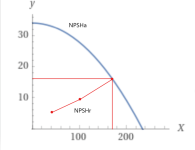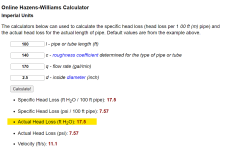Appreciate everyone's input. Most of it goes over my head.

But today was a gorgeous day in San Antonio, so back to pressure testing one more time. Results as follows:
When inserting the blow-thru plug directly into the 2" pipe below the skimmer, I am able to hold a psi of 12-14 pretty solid. I stopped testing after about 30 min.
However, like before, if I insert an extension that screws into the threaded portion of the skimmer hole to get a better grip on the blow-thru plug, with several wraps of Teflon tape, it does not hold well at all.
One could assume it's just leaking at the threads under pressure, but I also worry there is a defect in that threaded area that does not show up with a static dye test. That would also explain why I never saw a leak when I had the whole area dug out last August.
Once I put everything back together, there were the tiny bubbles again flowing in through the inlet port into the pump pot. Wife said she could see them flowing through the new check valve as well. Not sure if any of you recall from my other threads and pics, but that lower half of the skimmer is tilted. That, along with air in the pump, is what started my relentless journey.
I'm considering trying another Frankenplug to seal that area into the skimmer port to see if that's the issue.





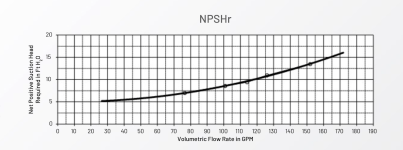
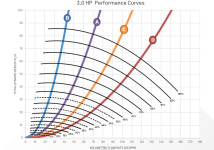
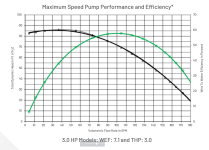


 But today was a gorgeous day in San Antonio, so back to pressure testing one more time. Results as follows:
But today was a gorgeous day in San Antonio, so back to pressure testing one more time. Results as follows: